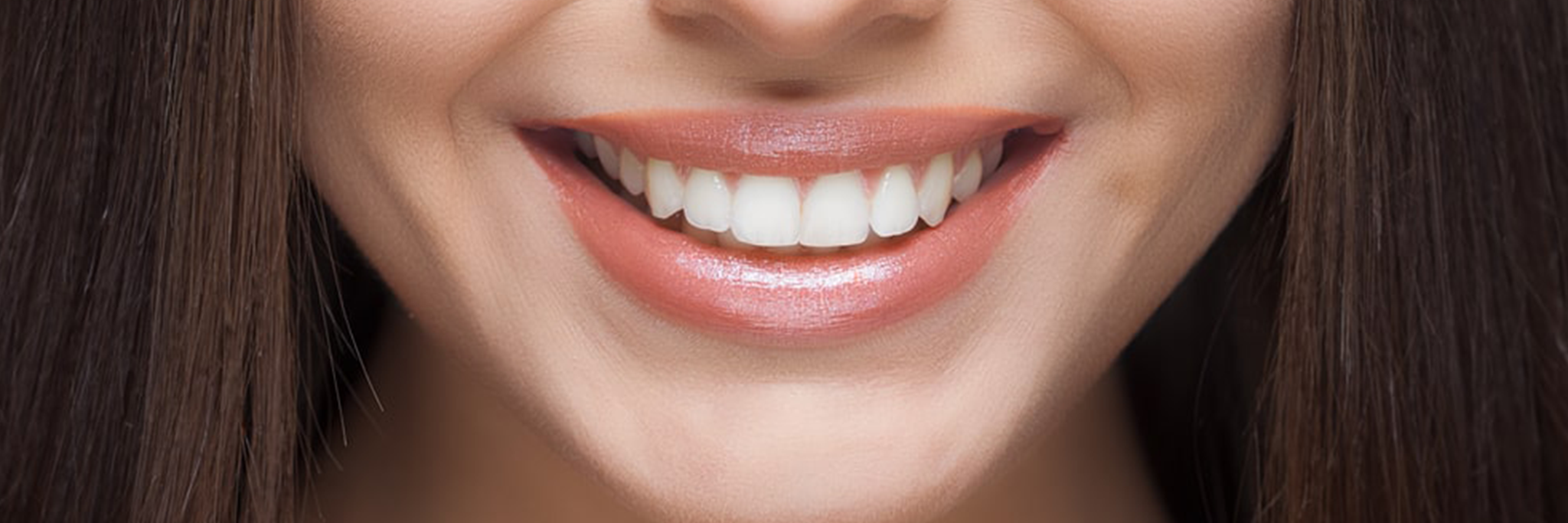
Aesthetic Filling
Aesthetic filling is one of the aesthetic dentistry treatments. Aesthetic fillings, aimed at achieving a good smile design, provide a shiny and durable tooth form. It can be easily applied to the lower, upper, front or back teeth. Composite filling materials suitable for tooth color are an aesthetic alternative to amalgam fillings.
What is Aesthetic Filling?
Aesthetic filling is a part of smile design. It is a dental aesthetic in which composite filling materials are used that are suitable for the color of the teeth. It provides a more natural and aesthetic smile design. The composite filler material is hardened with halogen light. For this reason, it is also called “beamed filler”. The filler has a structure that chemically bonds to the tooth.
In Which Case Is the Aesthetic Filling Applied?
● Restoration of carious and broken teeth
● Persistent color disorders
● Filling tooth cavities
● Tooth length extension
What You Need to Know About Aesthetic Filler
● It is ensured that the aesthetic filling material is in the form of natural teeth in terms of shape and color.
● Composite filler material developed with new technologies is durable and has a long service life.
● Daily routine oral and dental care does not lead to deformation of aesthetic fillings.
● It is not necessary to replace aesthetic fillings unless there is decay in the tooth or a serious problem in the area.
● Amalgam (black) fillings can be replaced with aesthetic fillings.
● Bonding systems provide successful results on the front teeth.
● Porcelain “inlay onlay” fillings can be preferred as an aesthetic filling process on the back teeth.
Inlay and Onlay Filling
Inlay and onlay fillings are also known as ”porcelain fillings”. These fillings, which contain aesthetic properties, are part of aesthetic dentistry. Ceramic material is usually used in this process. It is applied to teeth that cannot be treated with simple fillings. They are methods used for carious teeth that have spread over a large area, but do not have enough space for coating. Inlay and onlay fillings are designed in a laboratory environment according to the person’s oral structure and tooth color.
The main difference between inlay filling and onlay filling is;
● Inlay filling; It is applied in cases where there are caries that do not include the tooth hills, tooth tissue loss occurs and cannot be closed with classical fillings. It is produced according to the structure of the tooth and the size of caries.
● Onlay filling; is similar to crown capping. It is applied in caries that occur on the tooth. It is produced individually, taking into account the structure of the tooth and the size of caries.

